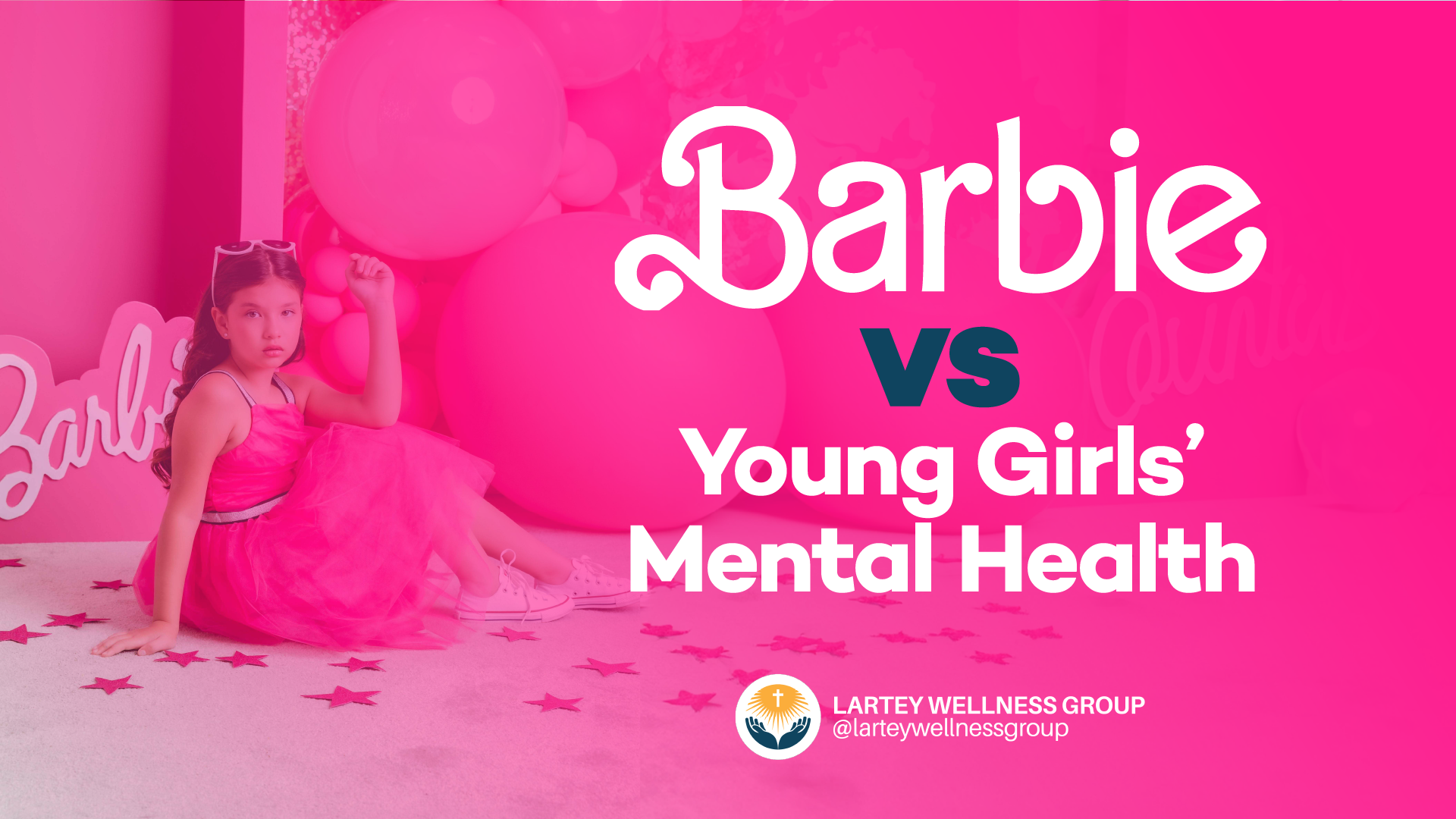Overcoming the Trauma of Sexual Abuse: A Journey to Healing
/Sexual abuse is a traumatic experience that can leave survivors feeling overwhelmed by guilt and shame. These feelings can be so intense that it can feel impossible to overcome them. Despite the difficulty, it is possible to heal from the trauma of sexual abuse and move past the shame. In this blog post, we will discuss the steps you can take to start your journey towards healing and reclaim your power over your life.
Understanding Sexual Abuse
Sexual abuse is a deeply traumatic experience that can have devastating effects on survivors. It is important to understand what sexual abuse entails in order to fully grasp the magnitude of the pain endured by survivors.
Sexual abuse is any unwanted sexual activity or behavior that is forced upon an individual without their consent. It can occur in various forms, including rape, molestation, harassment, or exploitation. The effects of abuse can be both physical and psychological, often leading to long-lasting emotional scars.
Survivors of sexual abuse often experience a wide range of emotions, such as fear, anger, guilt, and shame. They may blame themselves for the abuse or feel a sense of worthlessness. These feelings are a normal response to a traumatic event and should not be dismissed or minimized.
Understanding sexual abuse is an important step towards healing. It can help survivors realize that they are not alone and that what happened to them was not their fault. Seeking therapy and support from professionals who specialize in trauma can provide survivors with the tools and guidance they need to navigate their healing journey.
By educating ourselves about the dynamics and effects of sexual abuse, we can better support survivors and create a safe environment where they can heal and reclaim their power.
The Shame of Sexual Abuse
The shame that survivors of sexual abuse often carry is an immense burden that can exacerbate the pain they have already endured. The shame stems from a variety of factors, including societal stigmas, victim-blaming, and internalized guilt. Survivors may believe that they are somehow responsible for the abuse or that they did something to provoke it. This internalized shame can create a barrier to healing and can perpetuate feelings of worthlessness.
It is important to recognize that shame does not belong to the survivor. The responsibility lies solely with the abuser. Survivors need to understand that they are not at fault for what happened to them and that they deserve support and compassion. This realization is a crucial step towards healing.
Therapy can play a significant role in addressing and overcoming shame. A trained therapist can provide a safe space for survivors to process their emotions and challenge the harmful beliefs that perpetuate their shame. Through therapy, survivors can learn to separate their sense of self-worth from the abuse they experienced.
Additionally, connecting with support groups or joining online communities can be beneficial. Being able to share experiences with others who have gone through similar situations can provide validation and reduce feelings of isolation. Knowing that there are others who understand and support them can help survivors let go of the shame that has held them captive for so long.
Healing from the shame of sexual abuse is a difficult journey, but it is possible. It requires self-compassion, patience, and a willingness to seek support. By confronting and addressing the shame, survivors can reclaim their power and move forward towards a healthier and happier future.
Coping Mechanisms That Can Help You Heal
Finding healthy coping mechanisms is an essential part of the healing journey for survivors of sexual abuse. These mechanisms can provide support, comfort, and a sense of control during the healing process. Here are some coping mechanisms that can help you on your path to healing.
1. Self-Care: Engaging in self-care activities can have a significant impact on your well-being. This can include activities such as exercising, practicing mindfulness or meditation, taking time for hobbies, or pampering yourself with a spa day. Self-care helps to restore a sense of balance and can provide a much-needed escape from the effects of abuse.
2. Establish Boundaries: Setting and enforcing boundaries is crucial in regaining control over your life. It's essential to recognize what you're comfortable with and to communicate your boundaries to others. Saying no to situations or people that trigger negative emotions or remind you of the abuse can help create a safe and secure space for healing.
3. Seeking Support: Connecting with others who have experienced similar trauma can provide validation and support. Support groups, therapy, or online communities can offer a safe space to share experiences, gain insight, and find comfort in knowing that you're not alone.
4. Expressive Outlets: Finding healthy ways to express your emotions can be healing. Engaging in activities such as writing in a journal, creating art, or practicing music can help you process your emotions and release them in a productive and therapeutic way.
5. Mindfulness and Relaxation Techniques: Incorporating mindfulness and relaxation techniques into your daily routine can help reduce anxiety and promote healing. Activities such as deep breathing exercises, guided meditation, or yoga can help calm your mind and body, allowing you to focus on the present moment and let go of the effects of abuse.
Remember, healing is a journey, and it's important to be patient with yourself. Finding coping mechanisms that work for you may take time and experimentation. Be kind to yourself as you navigate through the healing process, and know that you have the power to overcome the effects of abuse and reclaim your life.
Seeking Professional Help
Seeking professional help is a crucial step in the healing journey for survivors of sexual abuse. While friends and family can offer support, trained professionals have the expertise and knowledge to help survivors navigate the complex emotions and challenges that arise from such trauma.
Therapy is a vital resource for survivors, providing a safe and confidential space to process their experiences, emotions, and thoughts. A therapist who specializes in trauma can guide survivors through various therapeutic techniques and interventions tailored to their specific needs. They can help survivors understand the impact of abuse, challenge harmful beliefs, and develop healthy coping strategies.
In addition to therapy, survivors may also benefit from psychiatric support. A psychiatrist can assess and treat any mental health conditions that may have developed as a result of the abuse, such as depression, anxiety, or post-traumatic stress disorder. Medication may be prescribed to alleviate symptoms and support the healing process.
Support groups specifically for survivors of sexual abuse can also be an invaluable resource. These groups offer a safe and empathetic space to share experiences, gain insights from others who have gone through similar situations, and provide mutual support. Connecting with people who understand and validate their experiences can be a powerful catalyst for healing.
Remember, seeking professional help is not a sign of weakness, but a courageous step towards reclaiming your power and healing from the trauma of sexual abuse. There are resources available to support you on your journey, and you deserve the opportunity to heal and live a fulfilling life.
Letting Go of the Shame
The journey to healing from the trauma of sexual abuse is not an easy one, and one of the most challenging aspects survivors face is letting go of the shame that often accompanies their experience. Shame can feel like a heavy burden, weighing survivors down and making it difficult to move forward. However, it is possible to release this shame and reclaim your sense of self-worth.
One important step in letting go of shame is recognizing that it does not belong to you. Shame is a result of the abuser's actions, not your own. It is essential to separate yourself from the shame and understand that you are not defined by what happened to you. You are a survivor, and your worth is not determined by the abuse you endured.
Seeking therapy or joining support groups can be immensely helpful in this process. Speaking openly about your experiences with others who understand can provide validation and support. Through therapy, you can address the root causes of shame, challenge harmful beliefs, and develop strategies to let go of the shame that has held you back for far too long.
Practice self-compassion and remind yourself that you deserve healing and happiness. Replace negative self-talk with positive affirmations. Surround yourself with people who uplift and support you, and distance yourself from those who reinforce feelings of shame.
Remember, letting go of shame takes time, and healing is a journey. Be patient with yourself, and celebrate every small step forward. You are resilient, and you have the power to let go of shame and create a future filled with self-love and empowerment.





























